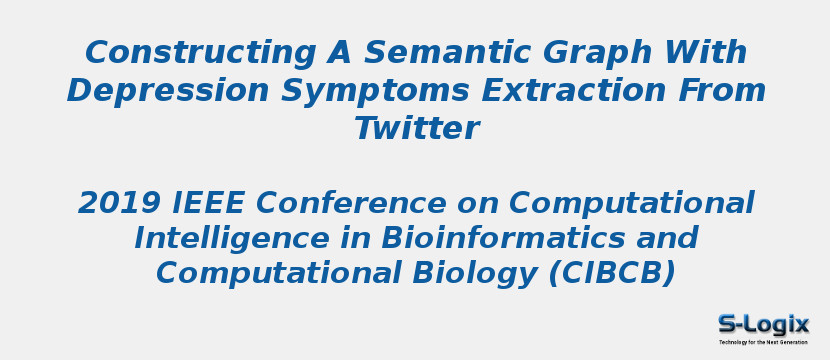Research Area: Machine Learning
Depression diagnosis is a critical challenge in mental precision medicine since there is currently no a gold standard using depression symptoms. Usually, a doctor makes depression diagnosis based on patients answers to interview questions. The depression diagnosis depends on a person-s behavioral symptoms. Due to the privacy of clinical data in a hospital, it is very hard to get patients medical data. Thus, we directly use public social media data containing much information from patients, doctors and other people on Twitter. The research goal is to extract depression symptoms from the massive social data from Twitter via text mining and then make a semantic graph to represent correlations between depression and its symptoms. Different from commonly used statistical methods, we propose a hybrid method that integrates the statistical analysis and natural language processing techniques to make the semantic graph with the discovered depression symptoms from tweets. In the future, the depression symptom semantic graph will be used to build an intelligent depression diagnosis software system for medical doctors and a convenient depression self-screening software system for ordinary people.
Keywords:
Semantic
Graph
Depression diagnosis
Extraction
Twitter
Machine Learning
Deep Learning
Author(s) Name: Long Ma; Yan Wang
Journal name:
Conferrence name: IEEE Conference on Computational Intelligence in Bioinformatics and Computational Biology (CIBCB)
Publisher name: IEEE
DOI: 10.1109/CIBCB.2019.8791452
Volume Information:
